ISSN ONLINE(2319-8753)PRINT(2347-6710)
ISSN ONLINE(2319-8753)PRINT(2347-6710)
| H.N.Dash, D.Rout and B.B. Kar School of Applied Science, KIIT University, Bhubaneswar, Odisha, India |
| Related article at Pubmed, Scholar Google |
Visit for more related articles at International Journal of Innovative Research in Science, Engineering and Technology
Vanadium containing slag sample is subjected to roasting both by conventional process as well as microwave technique. The phase change during roasting with microwave heating has been investigated by XRD method. The chemical composition has been monitored continually by quantitative as well as AAS. The results show that the vanadium oxide samples couple well with microwave and the temperature can reach approximately 8000 C in 7 minutes. The phase change in V2O5 has been observed along with SiO2 and Al2O3,present as residual masses. By proper control of the roasting temperature, vanadium oxide can be sintered into a reasonably strong and relatively porous glassy refractory material within a short period of time using microwave technique.
Keywords |
| Vanadium Oxide, microwave roasting, phase changes, porous material |
INTRODUCTION |
| Vanadium slag, generated from steel plants has become a great challenge for researchers and scientists for its disposal utilization and treatment. Vanadium containing slag is a fine,light, glassy substance, consisting mostly of silica, alumina, iron oxide, calcium oxide etc. Vanadium slagconsists of tiny spherical particles. During conventional heating, as the heating rate increases, the outer surface get heated immediately and the inner material get heated after long time. Due to this reason, non-uniform heat distribution takes place due to which the aggregations of vanadium oxideparticles don’t take place properly(1-8). In comparison, microwave roasting has been studied for vanadium slagsample. As microwave generates volumetric heating, thus has better aggregation capacity. |
II. EXPERIMENTAL |
| Microwave roasting was carried out using WD 800B Philips microwave over at a frequency of2.5 GHz at 750 W power level .The experiments were carried out with x-ray diffraction to analyses the material composition of vanadium slagsamples before and after microwave roasting. The vanadium oxide from steel plant used in the study is dried at 900 C for 6 hrs to remove the absorbed moisture. The chemical composition of vanadium containing slagis represented in Table 1. |
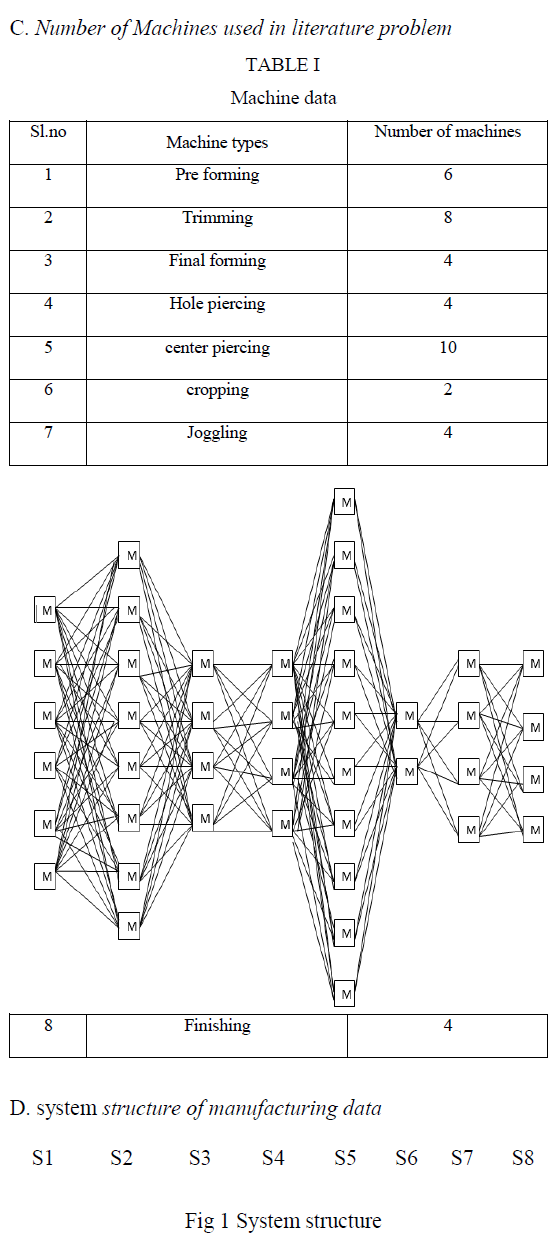 |
III. MICROWAVE ROASTING OF VANADIUM CONTAINING SLAG |
| Microwave roasting was carried out usingVanadium containing slag. There is various phase changes in multiphase oxide which can be represented in the following sequence as CaO-MgO-Fe2O3-Fe3O4-FeO. SiO2 during microwave roasting leads to the formation of FeSiO3and CaSiO3partially.In order to study the role of particle size during microwave roasting and phase changes in Vanadium containing slag, experiments were carried out at various temperatures. |
IV. RESULTS & DISCUSSIONS |
| Effect of Temperature during microwave roasting |
| The results of microwave roasting of Vanadium containing slag is represented in Figure-I. The trend in increase of density of the slag is attributed to the early decomposition of multiple oxides such as CaO, MgO, MnO which in turn get vaporized with the gradual rise in Vanadium Oxide density in the complex. The first heating behavior of the sample may be attributed to the presence of silica, which absorbs microwave adequately and mixed in the other dielectric material, which facilitate the coupling with microwave. In addition to it, presence of iron as Fe3O4 changes its phase to ferrite (FeO) which further act as an hyperactive material in microwave. The presence of magnetite phases enhances the heating behaviour of the vanadium oxide sample. |
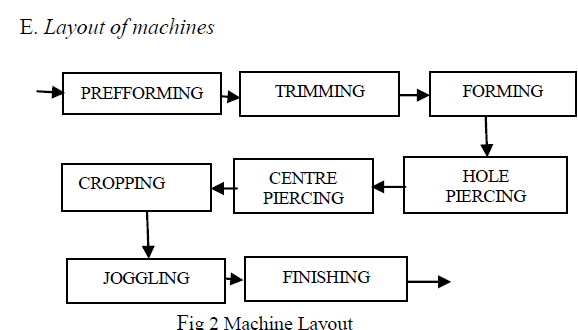 |
| Effect of particle size on microwave roasting |
| The investigation revealed that vanadium containing slag consists of micro and macro particles in the size range of -1mm to +106μm size. The analysis of the material shows that higher concentration of V2O5 is present in the fine particles in the range of 106μm size represented in table-2. The effect of pellet size on microwave roasting has been studied. During the investigation fine particle along with pellet of various diameter in are taken into consideration. It has been observed that phase changes are maximum upto the pellets having 8mm diameter after which the uniformity in temperature and phase transformation. During pelletizaton, 10wt% of a binder is added to the fine vanadium slag powder and pellet of different diameter have been prepared. These pellets are subjected to compressor for studying their green strength. The average density of different pellets is being represented in Table-3. |
| Table-2 Average particle size of the raw material |
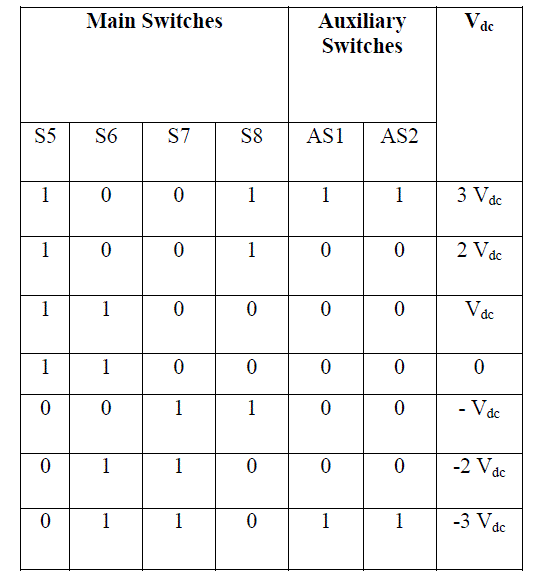 |
| Table-3 Average green strength of the pellets |
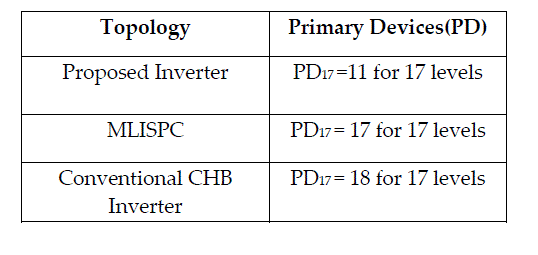 |
| The addition of binder favors the absorption of microwaves of the vanadium containing slag at low temperature. |
| Roasting of Vanadium containing slag |
| Microwave roasting was carried out in a microwave at 200 GHz, which has been converted from a commercial microwave with a turn table of 900 W. In order to carry out roasting, a zirconium cylinder is placed at the centre of the Table. During each experiment 10 pellets from each size were placed inside the cylinder. Zirconium Cylinder is used for such studies as primarily, Zirconium is a good absorber of microwave radiations which accelerates the preheating process of the pellets and as a thermal insulator it will not radiate the heat outside the cylinder and will maintain a good roasting environment. During the experiment, sufficient care was taken to assure that temperature is well controlled, radiation is continuous and uniformity is maintained to provide heat to each pellet under consideration. Temperature was measured using a Pt-Pt-Rh thermocouple, inserted from the top of the microwave and touches exactly the heating surface of the cylinder. In order to study the comparative phase changes between microwave roasting and conventional sintering, the pellets were sintered in a carbolite furnace and the heating rate was maintained continuous. In this study, the samples were kept in graphite crucible. The sintered sample densities were measured by weighing methods. The Tensile Strength were tested using an universal testing machine with a loading rate of 0.8 mm /min and calculated using the mathematical relation. |
| δ = 2Ρ/T DΠ, |
| δ= diametric tensile strength, Ρ = load applied at failure, T = Thickness of the sample, D=diameter of the sample. The structural changes and phase transformation has better studied using X-Ray diffraction. |
| The densities of the sintered samples are listed in Table-3 (A&B) both for conventional as well as microwave sintering. It has been observed that the density of microwave processed sample when heated from 700-10000C the density changes ranges from 4.40 to 5.80 within 2 minutes where as in case of conventional sintering comparatively less sample density was obtained when pellets were heated even up to 240 minutes, in the same temperature range. |
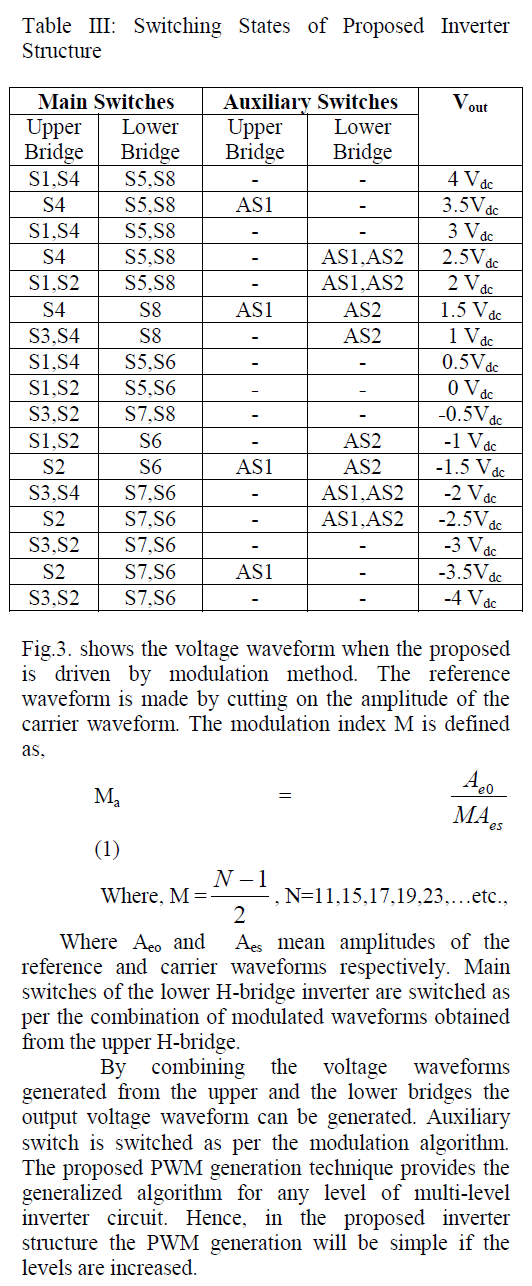 |
 |
| The density increases with the increase in time and temperature. It has been observed the density which is obtained within 25mins in case of microwave sintering, in conventional sintering it is obtained at around 240 mins time. The result revealed that, higher density is resulted due to microwave sintering which increases the phase changes in Vanadium containing slag. The samples processed at 8000C after microwave sintering was found to be reddish Yellow and easily stretchable indicating that the phase transformated is in process. The sample treated at 9000C changed to brownish yellow, which are very hard and acute green strength, which may be attributed to phase transformation that leads to the formation of a hard pellet. |
| The X-ray diffractometric study of the sample revealed that formation of a glass-ceramic material at higher temperature of 9000C sintered in 25mins in microwave as evidenced in Table-3A. |
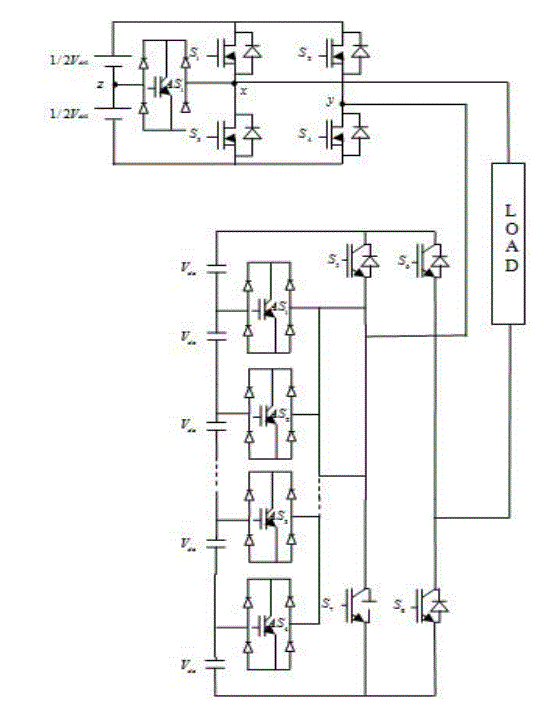 |
| Formation of new peaks at 9000C (Figure-2) indicates the function of Vanadium oxide phases in the slag pellets. It has been observed, both in case of microwave as well as conventional sintering that the raw Vanadium containing slag sample provides prominent crystalline phases. The result revealed that during microwave sintering sharp peaks are obtained indicating the presence of crystalline vanadium pentoxides. There is formation of multiple phases along with multi-oxidic sintered phase appeared at high temperature. Thus, we conclude that microwave sintering leads to the formation of glass-ceramic mass |
V. CONCLUSION |
| The microwave sintering of Vanadium containing slagrevealed the following conclusionsi.e, Microwave sintering of Vanadium containing slagleads to the function of some more phases at higher temperature, it is quite efficient enough to produce strong material which is highly porous with glass-ceramic structures.The Vanadium containing slagsamples obtained after microwave sintering have high growth, strength and density. Finally it revealed that microwave sintering is efficient over conventional processes. |
References |
|